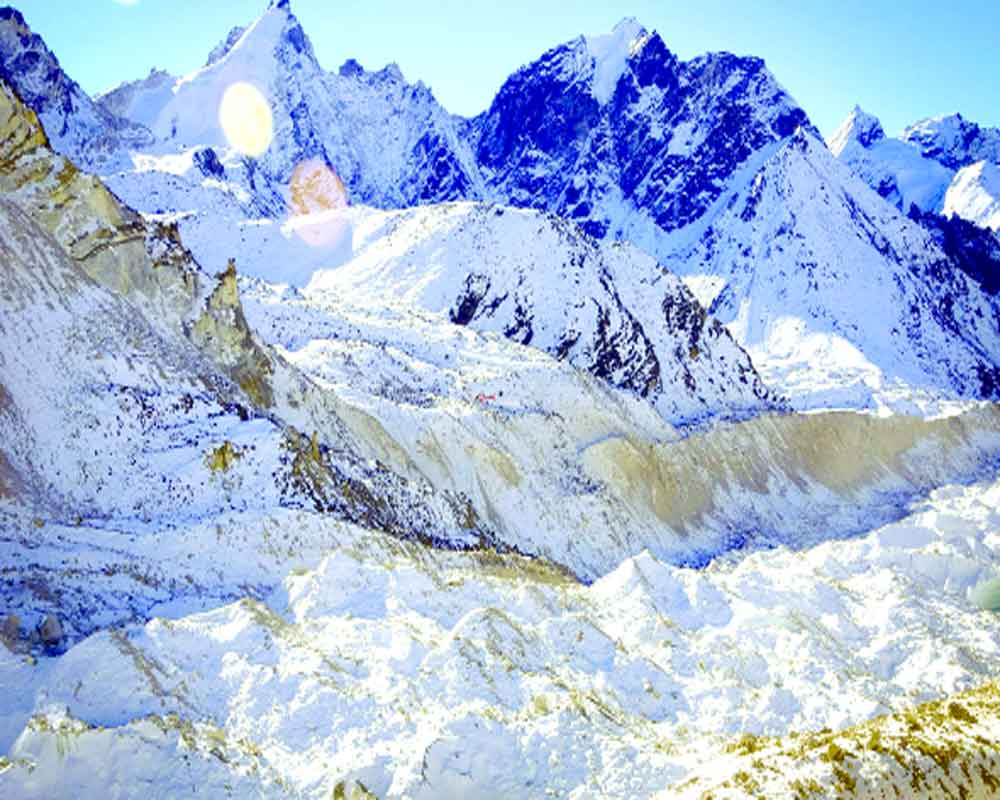Vehicular emissions are causing Ladakh glaciers to melt and retreat at an alarming rate
As if the threat to our environment caused by the inclement weather patterns and climate change wasn’t scary enough, here’s a spot of more bad news from the world’s highest war theatre, in the Himalayan region, to set the alarm bells ringing. According to a recent study, the increase in vehicular traffic is to blame for the melting glaciers in the Ladakh region of the Himalayas, where Chinese and Indian troops regularly engage in combat along the Line of Actual Control (LAC). The study, which appeared in the journal Environmental Science and Pollution Research, was based on satellite pictures of 77 glaciers that were spotted in the western Himalaya’s Drass basin between 2000 and 2020. According to data, glaciers at lower elevations retreated by 4.10 per cent throughout the observed time, whereas glaciers at mid and higher elevations retreated by 3.23 per cent and 1.46 per cent, respectively. The region's glaciers are retreating at a rapid rate mostly due to increased car traffic. Black carbon concentrations ranged from 287 to 3,726 nanograms per cubic metre, with an average of 1,518 nanograms per cubic metre. This is significantly greater than black carbon concentrations reported from other high-altitude areas.
The glacier area shrunk from 176.77 sq km in 2000 to 171.46 sq km in 2020, or nearly three per cent. Meanwhile, massive mudslides in the Union Territory of Ladakh, which have never before occurred, are not only destroying people’s homes and agricultural fields, these are also raising concerns among specialists who think that climate change is to blame. Villages at the base of mountains, particularly those in Kargil's Zanskar, are experiencing mudslides so severe that these are blocking roads and obstructing field cultivation with pebbles and slush. According to experts, the region’s extreme heat, not the rain, is what loosens the soil and causes it to flow during rainfall. Another potential cause of the mudslides is the rapid melting of glaciers. The Himalayan glaciers are particularly crucial because they provide a large portion of the water resources for millions of people in South Asia. The tallest glacier atop Mount Everest may just disappear by the middle of this century, Nepalese researchers had warned in February. All this points to one thing: Don’t take Nature for granted for your wanderlust; travel, by all means, but don’t tax the environment with car exhaust from fossil fuels.


























